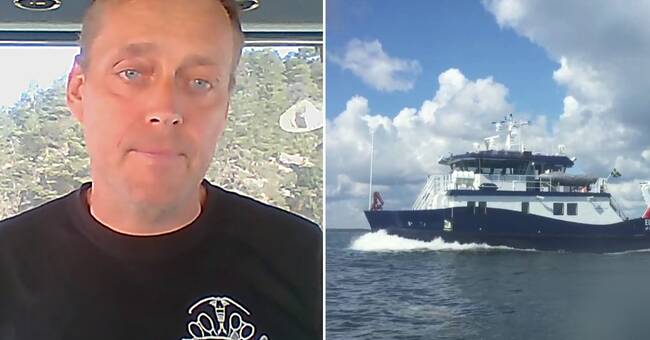The ship Electra af Askö belongs to the Baltic Sea Center at Stockholm University and is available on land either on land at Stora uttervik harbor in Nyköping municipality or at the Askö laboratory outside Trosa.
Electra was acquired in 2016 and has advanced sonar that can create very detailed images of what the seabed looks like.
Both on the surface and further down thanks to so-called bottom penetrating sonar.
"There are always risk factors"
The expedition at the passenger ferry Estonia, which sank on 28 September 1994, is scheduled to last for ten days but can be completed earlier.
- There are always risk factors in marine surveys and there is a lot of air in the schedule.
So if everything goes well, we can be ready in a week, says the master Thomas Strömsnäs.
Gets help
At a later stage, new investigations will be made where the hull is documented with so-called photogrammetry (3D images).
The background is the previously unknown holes in the hull that were discovered last year and which led to the accident commissions in Sweden, Finland and Estonia initiating a new investigation.
Electra will not be a lone ship but will be supported by the Estonian icebreaker Eva 316, which will also do some research but will primarily function as a support ship.
In the video, you hear the commander Thomas Strömsnäs on board Electra af Askö talk about the mission at Estonia.

